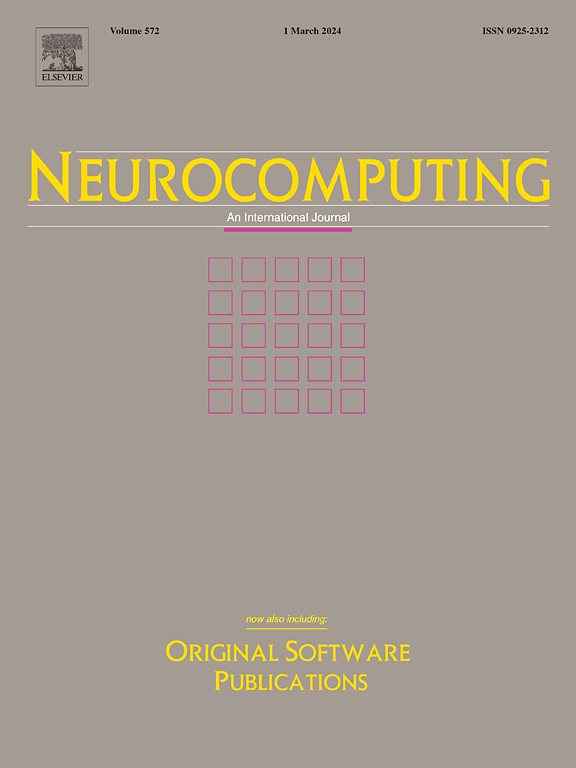DPCCNN: A new lightweight fault diagnosis model for small samples and high noise problem
IF 5.5
2区 计算机科学
Q1 COMPUTER SCIENCE, ARTIFICIAL INTELLIGENCE
引用次数: 0
Abstract
Obtaining large amounts of industrial data in real industrial processes is usually difficult. Meanwhile, it is difficult for deep learning-based lightweight fault diagnosis networks to obtain reliability diagnosis performance in the presence of high noise. To address these limitations, a new lightweight convolutional neural network (CNN) fault diagnosis framework, the dilated perceptually coupled convolutional neural network (DPCCNN), has been proposed for small samples and high noise problems. First, dilated layered interactive convolutional module (DLICM) is designed to obtain strong feature extraction capability, enhance the receptive field of small convolutional kernels by dilated convolution, and the self-attention mechanism compensates for the weak interactivity of deep convolution, which greatly reduces the number of parameters and computation of the model. Second, the global aggregation block (GAB) is designed to extract the contextual information of the feature map, which can focus on the basic contextual information without extensive computational requirements. The performance of this method is verified to be better than the current popular fault diagnosis models by the public dataset and the self-constructed rotor dataset, which still has good noise resistance in a lightweight framework and maintains high stability in small sample scenarios.
求助全文
约1分钟内获得全文
求助全文
来源期刊

Neurocomputing
工程技术-计算机:人工智能
CiteScore
13.10
自引率
10.00%
发文量
1382
审稿时长
70 days
期刊介绍:
Neurocomputing publishes articles describing recent fundamental contributions in the field of neurocomputing. Neurocomputing theory, practice and applications are the essential topics being covered.
 求助内容:
求助内容: 应助结果提醒方式:
应助结果提醒方式:


